Infected Industrial Piercing: Causes, Symptoms, & Prevention
Safeguard your piercing by educating yourself on the best care tips available!
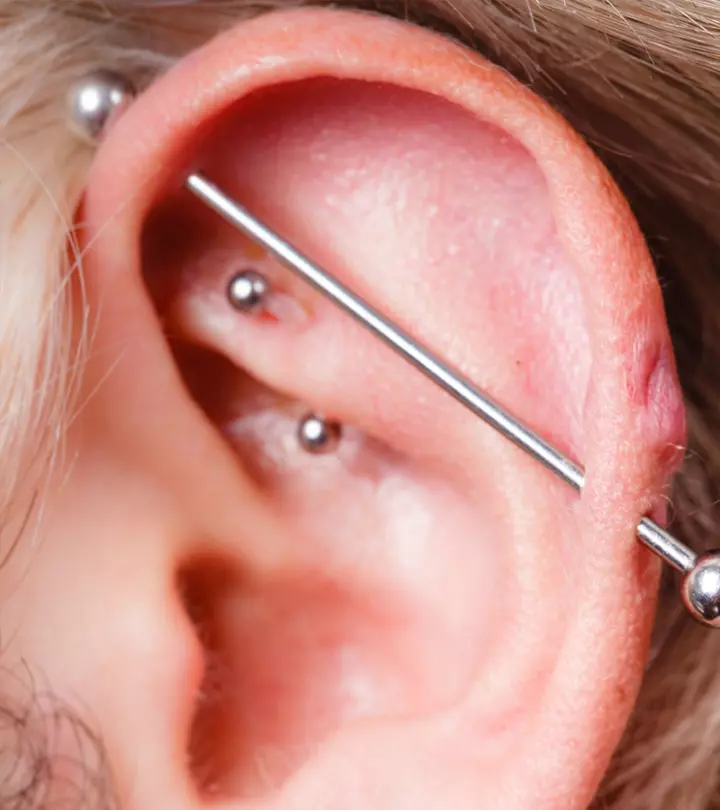
Image: Shutterstock
One of the more unique forms of body modification to become an overnight sensation is the industrial piercing. It involves getting two separate holes connected by a single long barbell or a metal rod across the upper ear cartilage. These piercings stand out for their edgy, modern look. However, with two puncture wounds and inherent tension from the jewelry, they become more susceptible to unwelcome guests – infections. This cartilage piercing crosses through thicker skin, takes longer to heal, and harbors more bacteria due to its anatomy that incorporates two piercing sites close together. While these infections are fairly common, they can be treated and even prevented. So, if you already are rocking this edgy adornment or are considering the plunge, this article is for you. Continue reading to learn about industrial piercing infections, their telltale signs, and how to keep your ears happy and healthy.

In This Article
What Does An Infected Industrial Piercing Look Like?
Healing infected ear piercings requires a meticulous approach that begins with identifying the infection so you can address it with appropriate treatment. Here are some symptoms to look for (1), (2), (3):
- Pain
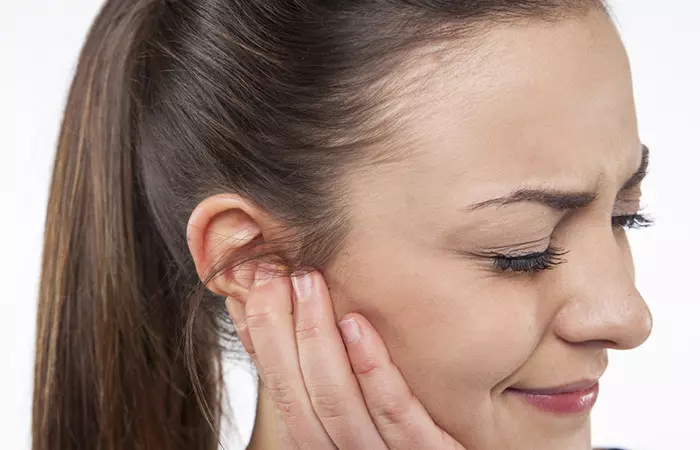
It is normal to experience some soreness and tenderness after getting a new piercing. However, if you develop a throbbing, pulsating pain that intensifies instead of improving over several days, it may indicate the presence of an infection. Additionally, pain while trying to move or turn the piercing jewelry points to inflammation and trouble healing.
- Redness
Initially, the skin around a new piercing is slightly red and swollen. However, prolonged, extreme redness beyond a few days or redness that seems to be spreading is a clear warning sign of infection (4). The skin may also appear angry, inflamed, and tender to the touch.
- Inflammation Or Swelling
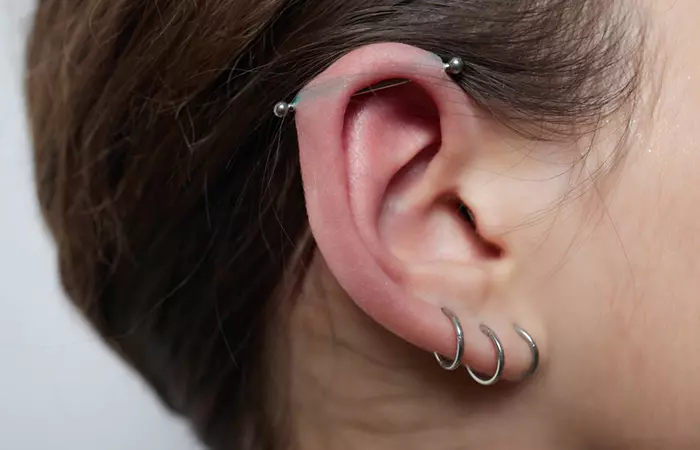
Some swelling around a new piercing is normal as your body reacts to the puncture. Yet excessive swelling that continues to increase or that remains for over a week signifies problems. Severe swelling that feels firm or inhibits movement can mean a deep infection. If left untreated immediately, the swelling may remain and become even harder to treat later on, leading to a “cauliflower ear’ appearance (4).
- Bleeding
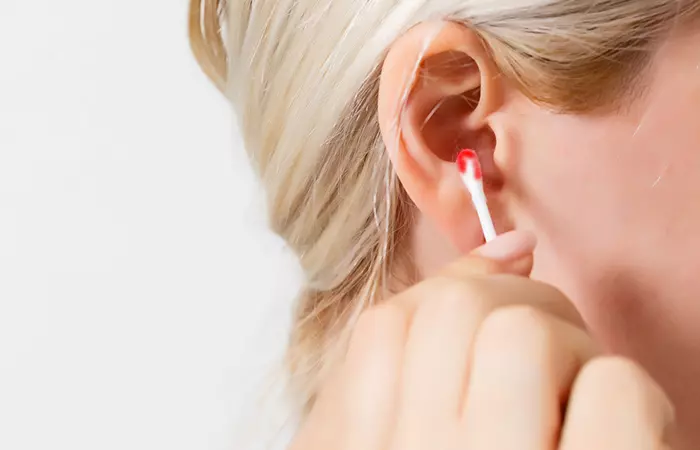
It is normal for a new piercing to bleed a little right after it is done. However, if you experience persistent seeping, oozing, or bleeding from the piercing for more than a day, it likely points to infection. The bacteria disrupt proper clotting and healing.
- Pus
Yellow, green or gray discharge or pus coming from the piercing marks an established infection. Pus results when bacteria multiply and the immune system sends white blood cells to fight them. The combination of fluid, inflamed cells, and bacteria produces this tell-tale discharge.
Being able to recognize the signs and symptoms of an infected industrial piercing is crucial for getting prompt treatment. Once you have identified the potential infection, the next step is to understand the various factors that can contribute to industrial piercing infections
Key Takeaways
- An industrial piercing, also known as a scaffold piercing, is a unique ear piercing that incorporates two piercings connected by a single long barbell that crosses over the ear.
- Industrial piercings are prone to developing infections due to their anatomy traversing the ear cartilage.
- Catching signs early and treating an infected industrial piercing with gentle care will help ensure your decorative addition heals properly and keeps looking great.
- If symptoms persist or worsen even after a few days of diligent at-home treatment, it’s time to see your piercer or doctor.
Causes Of Industrial Piercing Infection
View this post on Instagram
An industrial piercing is a fashionable statement but requires proper attention and care. This is because an infected industrial piercing can cause severe discomfort and pain. Learn what causes an industrial piercing to accumulate bacteria that may lead to infections and other complications.
- The ear is more prone to an infection since it has poor blood supply that could lead to issues in the wound healing process (2).
- Touching an industrial piercing too often with your hands is one of the primary ways bacteria can be introduced to the site. Ensure that your hands are cleaned properly before touching your piercing.
- Long hair can brush against your piercing, transferring bacteria and causing infections, especially when the hair is unwashed (1).
- An infection can be caused if the piercing is not done correctly or with non-sterilized tools. Only certified and skilled professionals using sterile equipment should perform piercings.
- Skipping regular cleanings and not following the aftercare instructions provided by the piercer can promote bacterial growth, leading to an infection (1).
- An allergic reaction can occur if the jewelry material is not compatible with your body, thus increasing the likelihood of an infection (5).
- Exposure to dirty water, pollutants, or other unhygienic conditions can infect an industrial piercing (1).
- Accidental bumps or snags can injure the piercing, subsequently increasing infection risk.
- Using products that are not intended for piercing care, like alcohol or harsh cleansers, may irritate and potentially infect the piercing site (1).
- “Introducing an industrial bar piercing during the healing process can also add extra pressure to the wounds and lead to an infection. Hence, it is better to start with two separate pieces of jewelry,” says professional tattoo artist Eve Phillips.
 Trivia
TriviaIt is possible to prevent infections and maintain healthy industrial piercings by following proper piercing care procedures and being aware of the risks. However, even with the best precautions, these tricky piercings can sometimes still become infected. When infection strikes, it’s vital to know how to clean the area correctly without further irritating it. Explore how to do that in the section below.
How To Clean An Infected Industrial Piercing
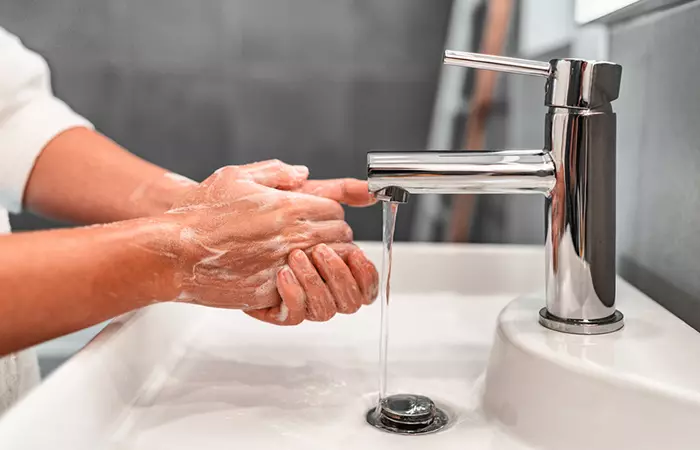
Caring for and cleaning an infected industrial piercing meticulously helps ensure a smooth and timely recovery process. Moreover, knowing how to clean an ear piercing will be an additional benefit for you to ensure optimal hygiene for trouble-free healing. For guidance, here is a step-by-step breakdown to help you navigate the process easily:
- Hand Hygiene: Always start by washing your hands thoroughly with antibacterial soap. This step prevents the transfer of more bacteria to the infected area (6).
- Preparation Of Saline Solution: You can either purchase a pre-made saline solution or prepare a mix by dissolving 1/4 teaspoon of non-iodized sea salt into one cup of warm distilled or bottled water (1).
- Gentle Cleansing: Soak a clean gauze or paper towel in the saline solution. Carefully apply it to the piercing, holding it against the infected area. This will allow the saline to draw out bacteria without irritating the piercing further (1). Avoid rubbing or harshly scrubbing the skin.
- Rinsing: After the saline soak, ensure you rinse the area with clean water. Rinse gently to remove any leftover saline, as residue could cause further irritation.
- Drying: Pat the area dry with a fresh paper towel. Do not use cloth towels, as they can harbor bacteria that might worsen the infection (1).
- Repeating The Process: Clean your infected industrial piercing twice a day—morning and night—to aid in the healing process. Consistency is key.
Consistent cleaning of any type of piercing helps prevent aggravating the infection and clears away any microorganisms and dirt. However, it is typically not enough on its own to fully treat the infection. Additional treatment is often needed to fully cure an industrial piercing infection.
How To Treat An Infected Industrial Piercing

When you are up against any infected piercing, timely and proper treatment is key. Here is a clear and straightforward guide to help nurse your piercing back to health.
- Keep The Jewelry In: It seems logical to take out the jewelry when you spot an infection, but do not! It is important to keep it in place to allow drainage and prevent the hole from closing (6). Do not remove the piercing unless advised by your doctor. Consult them for proper guidance.
- Clean With Saltwater: A basic saline rinse is your go-to remedy. Mix a pinch of salt into a cup of warm distilled water and soak a clean cloth in this solution, then apply gently to the infected area (1).
- Apply Warm Compress: Use a warm compress on your ear to reduce swelling and promote healing. Simply soak a clean cloth in warm water and hold it softly against the piercing for a few minutes.
- Do Not Use Harsh Chemicals: Avoid the temptation to blast the piercing with strong cleaners such as alcohol or peroxide. They are overly drying and can actually slow down the healing process (1).
- Use A Chamomile Compress: Use a chamomile tea compress to ease inflammation. You can then apply the tea bag compress to the affected area for 10 minutes daily to speed up the healing process (7).
- Use Diluted Tea Tree Oil: Dilute tea tree oil with some carrier oil after ensuring you are not allergic via a patch test on your elbow. If you are in the clear, gently apply the diluted mixture to the piercing for its natural antimicrobial benefits, but remember, a small dab will do (8).
 Trivia
TriviaWhile home remedies, such as saline rinses or chamomile compresses, can provide relief and support healing, they cannot replace professional medical care. If your infection worsens, symptoms persist, or new issues arise, it is important to consult a healthcare provider immediately. Timely medical treatment ensures the condition is properly managed and prevents complications.
Always use home remedies as a complementary approach alongside medical advice when needed. A medical professional can give you tailored advice and may provide a prescription if necessary. Keep reading to know when you should approach a doctor.
When To Go To The Doctor

It is normal to experience mild discomfort following an industrial piercing. However, it is crucial to know when home care is insufficient and medical advice is necessary. Here’s when you should consider visiting a doctor for an infected industrial piercing:
- Worsening Symptoms: Significant redness, increased swelling, severe pain, or warmth around the piercing are indicators that you should seek medical attention (9).
- Change In Discharge: A transition from a thin, clear discharge to thick, yellow, or green pus is a warning sign of infection. This warrants a doctor’s examination (9).
- Appearance Of Bumps: If you observe the development of a bump or lump at the piercing site, particularly one that is hard, red, and tender, it’s time to get professional advice.
- Lack Of Improvement: If there is no improvement despite regular cleaning and care after a few days, it may be time to consult a healthcare professional.
- Systemic Symptoms: Symptoms like fever, chills, body aches, or swollen lymph nodes suggest the infection may be spreading. A visit to the doctor is urgently needed in such cases (9).
Doctors have the expertise to distinguish between an infection and other issues, such as irritation, ensuring you receive the right treatment. Misdiagnosis at home can worsen the infection or delay proper care. Some infections often require antibiotics or ointments that only doctors can prescribe. They help target the specific bacteria causing the infection and accelerate healing. While minor irritation can be normal, persistent or severe symptoms necessitate a doctor’s consultation. Remember, timely intervention is key to treating an infected industrial piercing.
While treating an infection is important, you should also know how to prevent it in the first place so you avoid the risk with any new piercings. Keep reading to learn how to prevent industrial piercing infections.
How To Prevent Industrial Piercing Infections

Industrial piercings add a distinct edge to your style and while they look fierce, they require meticulous care to avoid pesky infections. The good news? Proactive prevention is your best weapon! Here are some secrets to a thriving industrial piercing!
- Get your piercing done by an experienced piercer who is reputable, licensed, and uses proper sterilization procedures on tools and jewelry (6).
- Ensure the piercing studio is clean, sanitary, and complies with regulations.
- Get pierced with a sterile single-use needle; never allow a piercing gun to be used (10).
- Carefully follow your piercer’s aftercare instructions for cleaning and healing.
- Clean the piercings 2-3 times per day with a saline solution and gently wipe away any crusties.
- Avoid touching, twisting, bumping, or otherwise irritating the piercing during initial healing (1).
- Though any metal is likely to react badly with the skin and cause reactions, the chances are rare with titanium. This is one reason most piercers recommend it (11). Other recommended jewelry materials are niobium, surgical steel, glass, platinum, and gold (12).
- Keep your hair tied up so strands do not catch on the jewelry (1).
- Use caution when styling your hair, talking on the phone, or wearing hats or headphones.
- Change your pillowcase often to minimize bacterial buildup (1).
- Do not submerge piercings in bodies of water, which carry bacteria and germs (1)
- Maintain diligent hygiene and closely monitor piercings during the full healing period.
Stephani, a beauty and lifestyle blogger, shares what she did to heal her infected industrial piercing. She writes, “I cleaned the piercings twice a day with a 1/4 teaspoon of sea salt dissolved in boiling water, at first using cotton buds (Q-Tips) and then using cotton wool balls; I also fully soaked my ear in the hot salt water for 20 minutes a couple of times a week (i).” She adds that she noticed the redness and swelling subsided in a week’s time.
Infographic: 6 Tips To Deal With An Infected Industrial Piercing
An industrial piercing is an edgy and chic body modification. However, since it involves perforating the cartilage, it is prone to getting infected. This can turn the entire experience into a painful challenge. If you have got this piercing, knowing some essential tips to deal with an infection can always help you stay prepared and take care of your piercing properly. Check out the infographic below to learn more.

Illustration: StyleCraze Design Team
Industrial piercings make a bold style statement but demand attention when it comes to infections. While common, these infections can be tackled with the right knowledge and proactive measures. Being aware of the infection’s causes, early signs, and proper treatment options is key to nipping issues in the bud. With prompt care, most infections can be resolved without jewelry removal. A little extra care pays off for years of stylish wear! embrace your edgy adornment with confidence, knowing you have equipped yourself for a smooth and successful piercing experience!
Frequently Asked Questions
Can an infected industrial piercing lead to scarring?
Yes, an infected industrial piercing can lead to scarring, particularly if the infection is severe or not properly treated.
What activities should I avoid with an infected industrial piercing?
When dealing with an infected industrial piercing, it is important to avoid activities that can exacerbate the infection or cause further irritation. These activities include:
Twisting or moving the jewelry can increase swelling and introduce new bacteria into the piercing holes. Touching or playing with the jewelry can irritate and bother the area around the piercing.
Can I use over-the-counter antibiotics for an infected industrial piercing?
No, oral antibiotics for an infected industrial piercing are not recommended without a healthcare professional’s guidance. It is best to seek advice from your piercer or doctor if you suspect an infection, as they can provide specific recommendations for treatment and care.
Should I remove the jewelry if my industrial piercing is infected?
Removing the jewelry may cause the piercing to close, trapping bacteria inside the body and allowing the infection to spread beyond the piercing site.
Industrial piercings have a high risk of infection due to their anatomy. The video below provides an informative overview of infected industrial piercings – their causes, symptoms, treatment, and prevention. Watch it now!
Personal Experience: Source
StyleCraze's articles are interwoven with authentic personal narratives that provide depth and resonance to our content. Below are the sources of the personal accounts referenced in this article.
(i) Industrial Piercing Update – Gross Alert!
https://msstephanimichelle.wordpress.com/2015/06/13/industrial-piercing-update-gross-alert/
References
Articles on StyleCraze are backed by verified information from peer-reviewed and academic research papers, reputed organizations, research institutions, and medical associations to ensure accuracy and relevance. Read our editorial policy to learn more.
- Suggested Aftercare Guidelines For Body Piercing
https://safepiercing.org/aftercare/ - Body Piercing Infections
https://www.ncbi.nlm.nih.gov/books/NBK537336/ - Infected Transcartilaginous Ear Piercings. A Case Report And Review Of The Literature
https://pdfs.semanticscholar.org/dc2a/58988531eb2e03df375840f5f8e5463e212a.pdf - Post-Piercing Perichondritis
https://www.bjorl.org/en-post-piercing-perichondritis-articulo-S1808869415301567 - Role Of Body Piercing In The Induction Of Metal Allergies
https://pubmed.ncbi.nlm.nih.gov/11526520/ - Caring For New Piercings
https://www.aad.org/public/everyday-care/skin-care-basics/tattoos/caring-for-pierced-ears - Chamomile (Matricaria chamomilla L.): A Review of Ethnomedicinal Use, Phytochemistry And Pharmacological Uses
ttps://www.ncbi.nlm.nih.gov/pmc/articles/PMC9032859/ - Tea Tree Oil: Contact Allergy And Chemical Composition
https://onlinelibrary.wiley.com/doi/full/10.1111/cod.12591 - Body Piercing Troubleshooting
https://safepiercing.org/troubleshooting/ - Issues With Piercing Guns
https://safepiercing.org/piercing-guns/ - Granulomatous Reaction To Titanium Alloy: An Unusual Reaction To Ear Piercing
https://www.sciencedirect.com/science/article/abs/pii/S0190962206005433 - Jewelry For Initial Piercings
https://safepiercing.org/jewelry-for-initial-piercings/
Read full bio of Eve Phillips
Read full bio of Gracia Odile
Read full bio of Anjali Sayee
Read full bio of Shreya Mukherjee






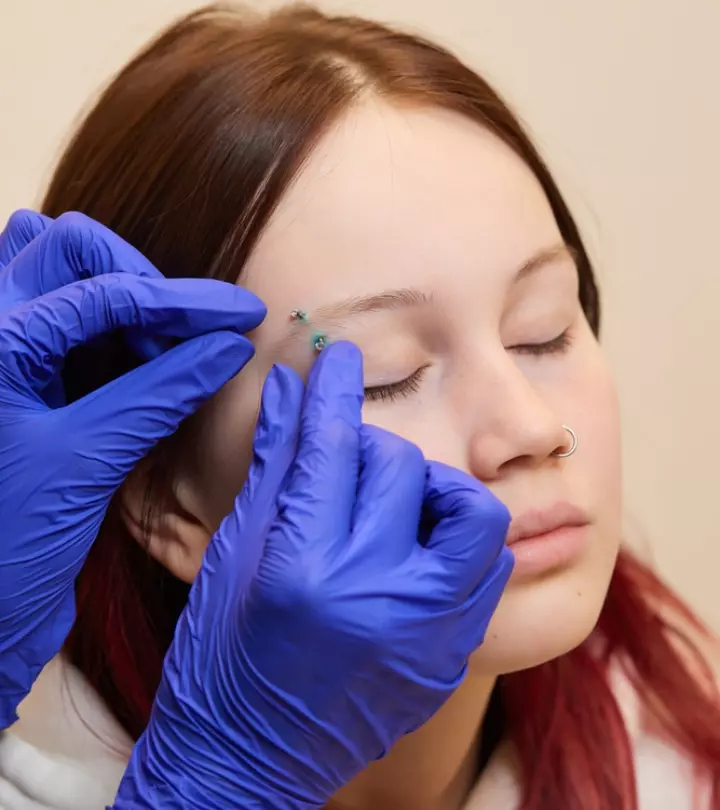
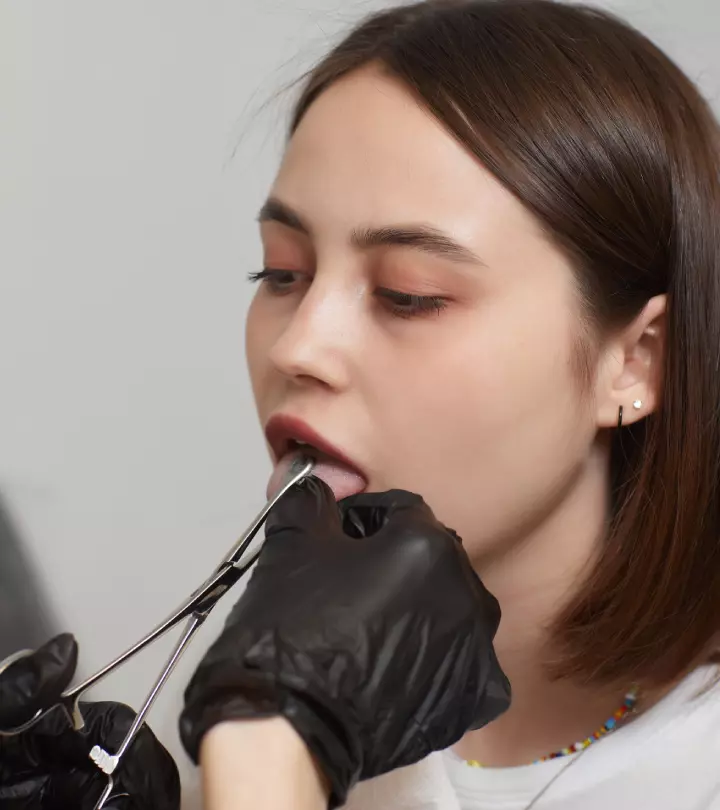

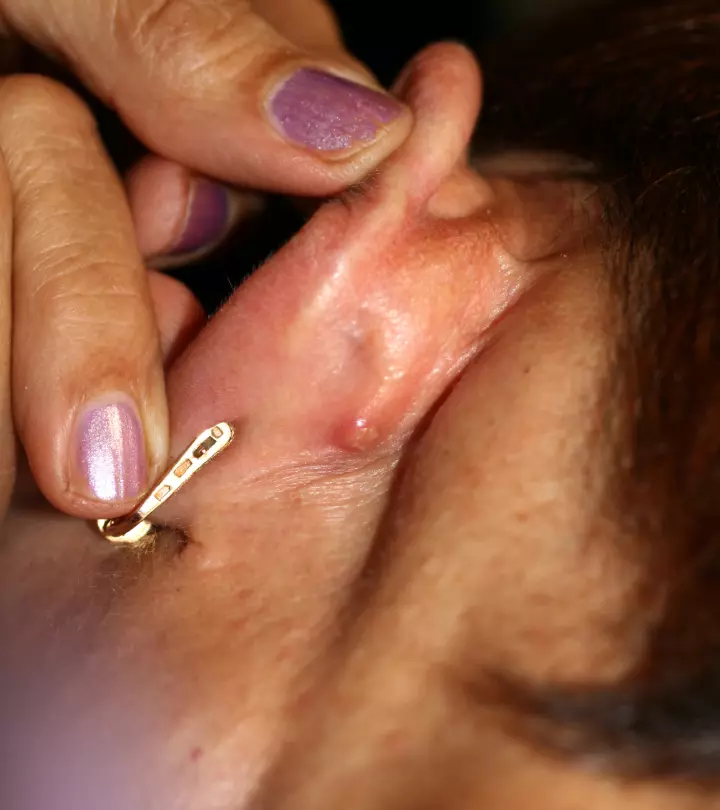
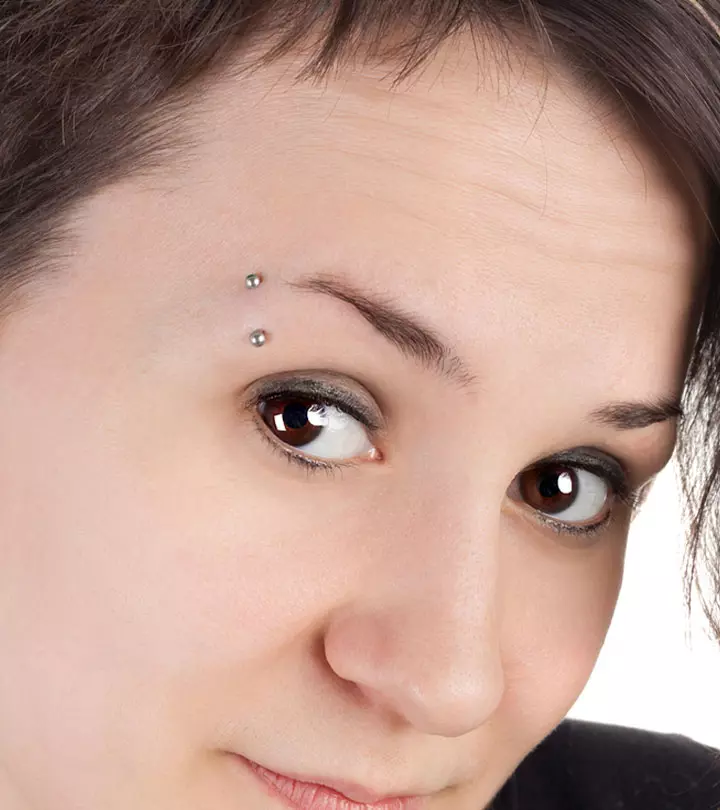

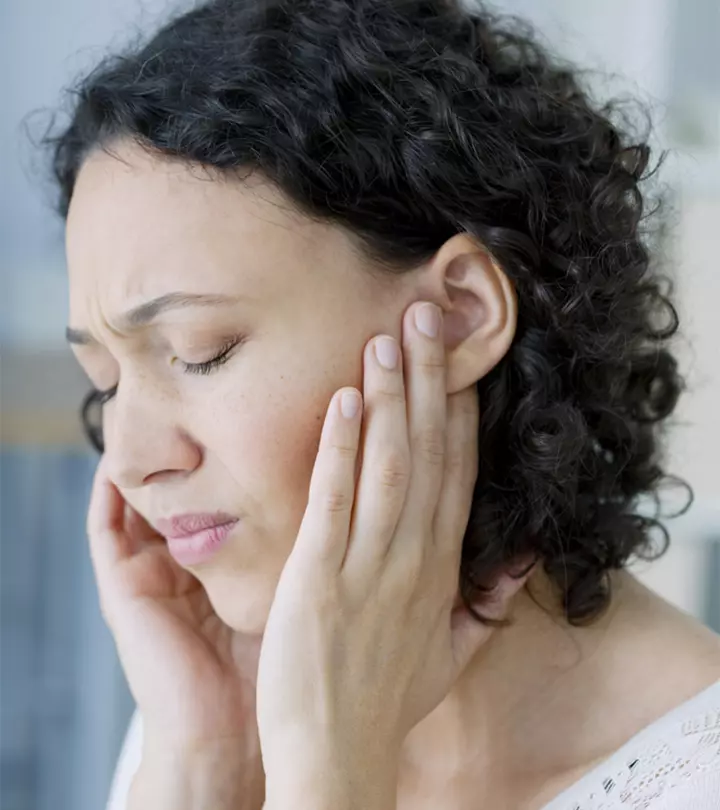



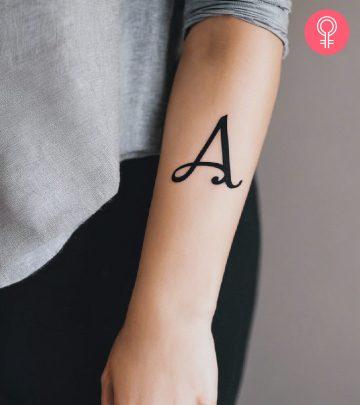


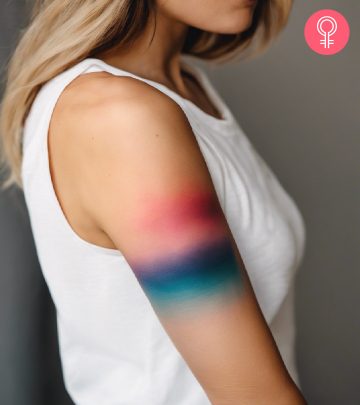

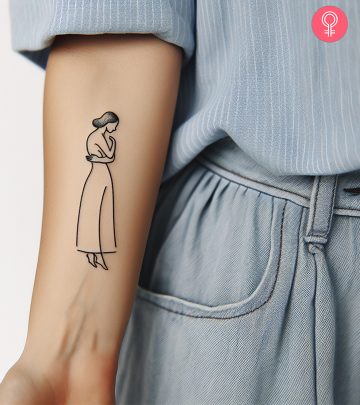





Community Experiences
Join the conversation and become a part of our empowering community! Share your stories, experiences, and insights to connect with other beauty, lifestyle, and health enthusiasts.